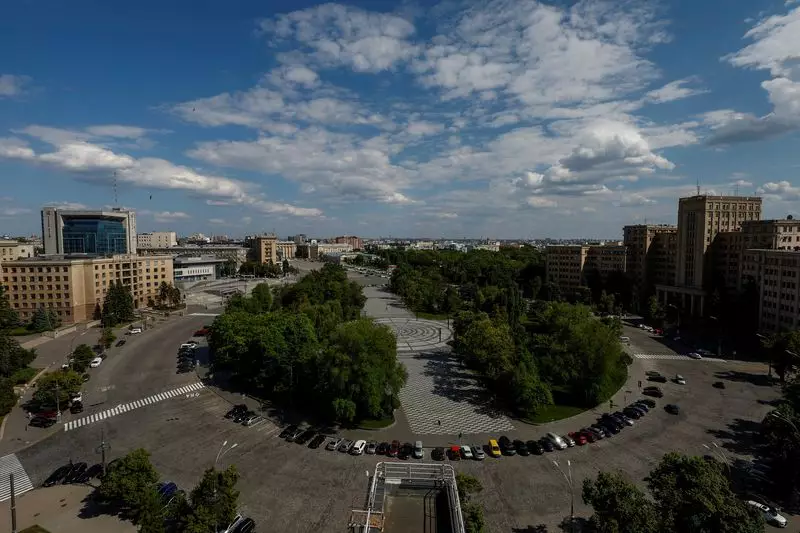Ukraine recently announced a preliminary agreement with a bondholder group to restructure a massive $19.7 billion in debt. This ad hoc group, representing 22% of the bonds, has shown support for the deal, along with additional investors holding 3% of the bonds. The agreement includes significant measures that are subject to bondholders’ approval.
One of the main components of the deal is a 37% nominal haircut on Ukraine’s outstanding international bonds, resulting in savings of $11.4 billion in payments over the next three years. Additionally, the agreement involves the issuance of two series of new bonds to replace the existing claims. The first series, comprising 40% of outstanding claims, will start paying interest next year and mature between 2029-2036. The second series, representing 23% of the outstanding claim, is designed to mature between 2030-2036. This series will not pay interest until 2027 but includes a contingent component that could lead to a reduction in the overall haircut if the economy outperforms IMF expectations in 2028.
Under the restructuring deal, bonds issued by state agency Ukravtodor, responsible for road construction and maintenance, will receive the same treatment as sovereign bonds. However, there is no mention of how bonds issued by the power grid operator, Ukrenergo, will be handled. This raises questions about the uniformity of treatment across different state-owned entities.
The deal includes the removal of cross default clauses between the bonds and Ukraine’s $2.6 billion GDP warrants. This move aims to provide more flexibility and independence to Ukraine in managing its debt obligations. By eliminating these clauses, the country may have more room to maneuver in challenging economic circumstances.
Overall, the debt restructuring deal signifies a significant step towards stabilizing Ukraine’s financial situation. The agreement, if approved by bondholders, could provide much-needed relief to the country by reducing its debt burden and paving the way for economic recovery. However, there are still uncertainties, particularly regarding the treatment of bonds issued by different state-owned firms. It remains to be seen how these issues will be resolved and whether the restructuring deal will deliver the intended benefits in the long run.
While the debt restructuring deal is a positive development for Ukraine, there are still challenges ahead that need to be addressed. It is crucial for all stakeholders to carefully monitor the implementation of the agreement and ensure that it contributes to the country’s overall economic stability and growth.

